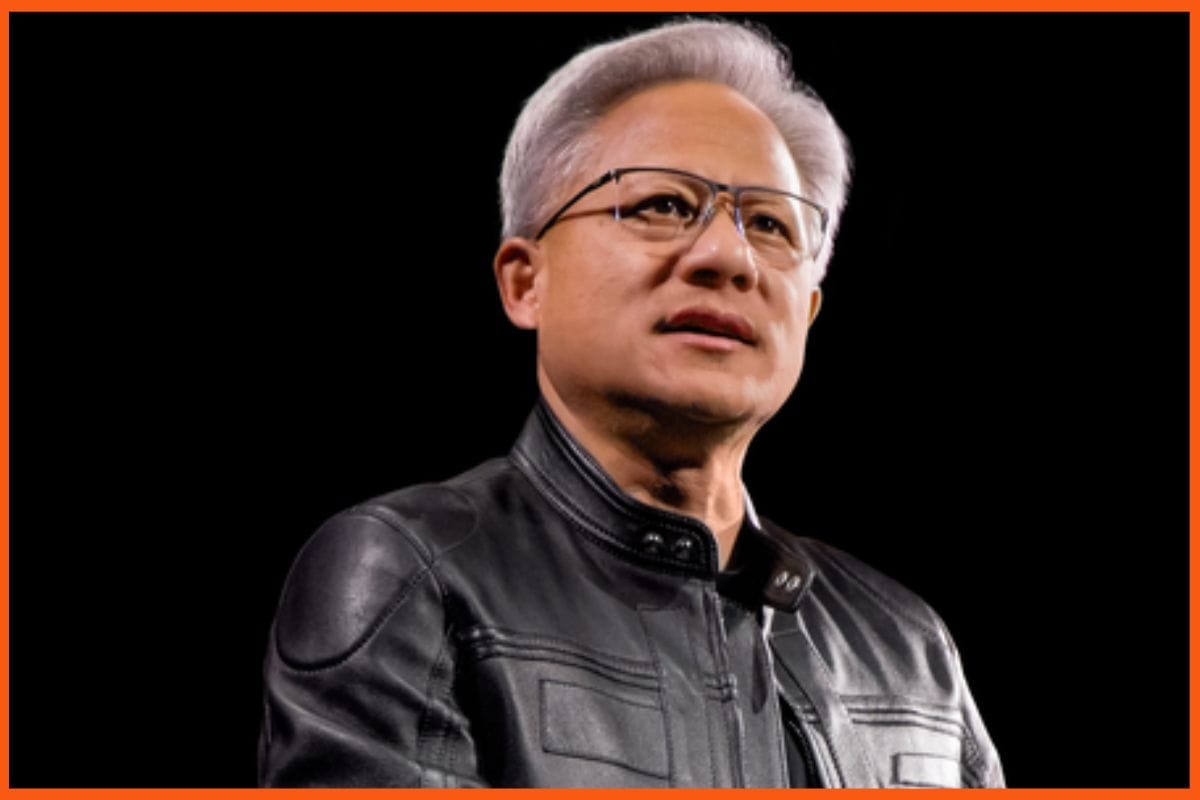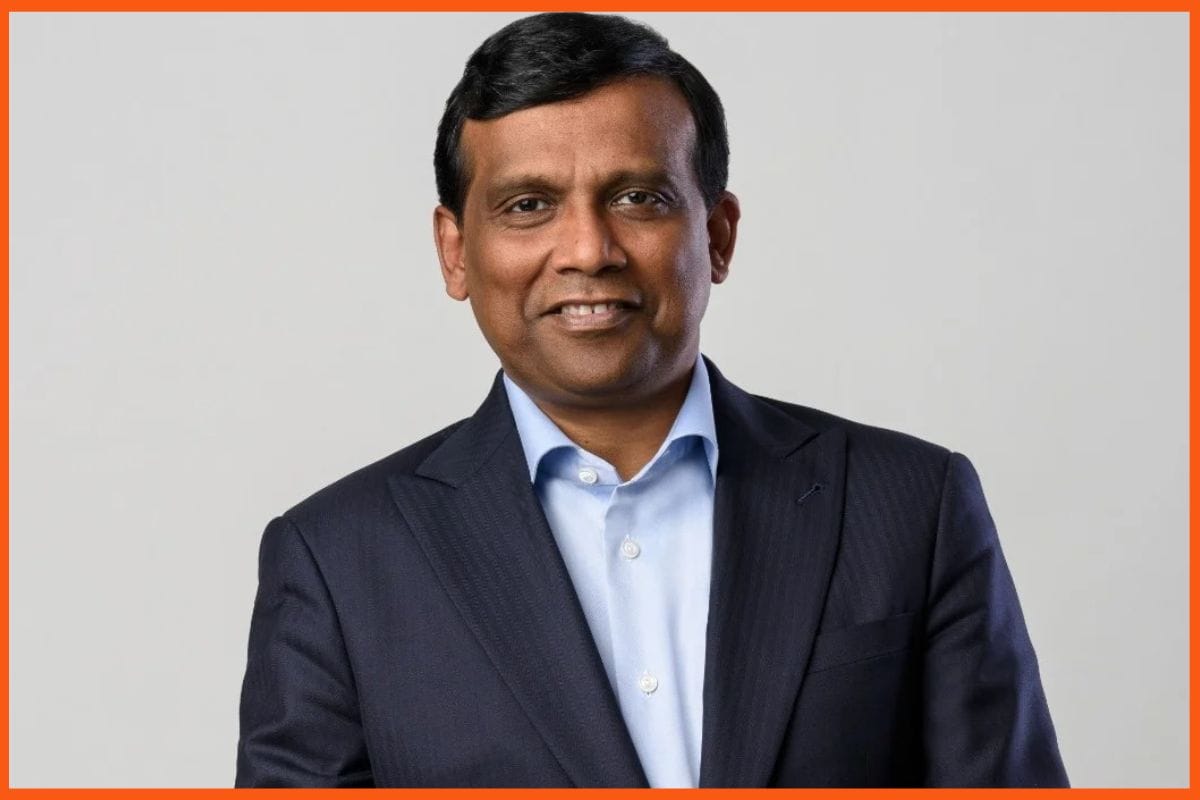In this era, Artificial Intelligence isn’t just a tech buzzword anymore. AI has also become a crucial part of our lives. From the apps on our phones, AI has integrated into our routines almost without us noticing. In healthcare, it’s spotting diseases faster than doctors. In classrooms, it’s helping students learn in completely new ways. And yes, it’s even drafting emails or articles in seconds when we’re too tired to do it ourselves.
But here’s the thing, AI didn’t get here on its own. Behind all of these advances are real people making bold choices, taking risks, and in many cases, changing the rules as they go. Some of them are running billion-dollar companies. While others are standing up and asking tough questions about ethics and responsibility.
In this article, we will walk through the Top 10 Most Influential People in AI, the thinkers, builders, and risk-takers deciding what the future of intelligence looks like.
List of the Leading Game-Changers Behind the AI Revolution
List of the Leading Game-Changers Behind the AI Revolution
AI may be transforming industries at lightning speed, but it’s the people behind the technology who are truly shaping its future. From CEOs of trillion-dollar companies to rising innovators making AI more accessible, these leaders are driving the breakthroughs that impact our daily lives. Here’s a look at the top 10 most influential people in AI, the visionaries steering the direction of artificial intelligence.
| Name | Position | Company |
|---|---|---|
| Matthew Prince | Co-founder & CEO | Cloudflare |
| Elon Musk | Founder | xAI |
| Sam Altman | CEO | OpenAI |
| Jensen Huang | CEO | Nvidia |
| Fidji Simo | CEO of Applications | OpenAI |
| Mark Zuckerberg | Founder & CEO | Meta |
| Andy Jassy | President & CEO | Amazon |
| Allie K. Miller | CEO | Open Machine |
| Ravi Kumar S | CEO | Cognizant |
| Dario Amodei | Co-founder & CEO | Anthropic |
Matthew Prince

Cloudflare’s co-founder and CEO, Matthew Prince, made headlines when he quickly moved to block AI crawler bots that were siphoning traffic away from news and media publishers. His firm stance positioned him as a strong defender of original content creators at a time when many were worried about how generative AI tools were using their work without credit. Prince’s move wasn’t just about protecting websites; it was about drawing a line on fairness in the digital age.
As of February 2025, his leadership has also translated into personal success. With an estimated net worth of US$5.5 billion, Prince is officially recognized as the richest individual in Utah, a reflection of Cloudflare’s continued dominance in internet security and infrastructure.
Elon Musk

Elon Musk, the founder of xAI and co-founder of OpenAI, continues to play a defining role in the global AI conversation. He is not the part of Open AI anymore. Through his ventures, he pushes for alternatives to dominant players while also raising concerns about the risks of unchecked artificial intelligence.
His companies, along with his constant presence in public discourse, ensure that his voice carries weight in shaping the future of technology. According to Forbes, Musk’s net worth now exceeds $400 billion, cementing his position not only as one of the wealthiest people on the planet but also as one of the most impactful in steering AI’s trajectory.
Sam Altman

Sam Altman, the CEO of OpenAI, has been instrumental in transforming the company into one of the most influential players in the AI world. His focus on scaling infrastructure and shaping global policies has given OpenAI unmatched influence in the ecosystem. Under his leadership, OpenAI has become synonymous with innovation, regulation, and real-world impact. According to Forbes, Altman’s net worth stands at US$1.2 billion, highlighting his growing stature among the world’s top tech leaders.
Jensen Huang

As Nvidia’s CEO, Jensen Huang transformed graphics processors into the backbone of the AI revolution. His ability to secure massive infrastructure deals and navigate geopolitics has made Nvidia indispensable to the AI boom. Huang’s leadership ensures that nearly every major AI company relies on Nvidia chips for innovation. In 2025, Forbes ranked him the 6th-richest person in the world with a net worth of US$150 billion.

Fidji Simo

She is currently serving as CEO of Applications at OpenAI. Fidji Simo focuses on making AI products scalable and commercially successful. Her earlier experience at Instacart and Meta gave her strong expertise in both product innovation and operational excellence. At OpenAI, she plays a key role in bringing AI tools into the hands of everyday users. According to Insider Trades, her net worth is estimated at US$70.75 million as of 2025.
Mark Zuckerberg

As founder and CEO of Meta, Mark Zuckerberg is embedding AI deeply into social platforms and the metaverse. His influence means billions of people interact with AI daily, often without even realizing it. Beyond consumer products, Zuckerberg is also pushing AI research into new frontiers of virtual and augmented reality. Forbes reported his net worth at US$221.2 billion in May 2025, ranking him the second-richest person in the world.
Andy Jassy

Amazon’s President and CEO, Andy Jassy, is driving the company toward becoming one of the most AI-centric businesses globally. From foundational models to robotics and logistics, AI is central to Amazon’s future under his leadership. Jassy’s vision emphasizes AI integration across both consumer services and enterprise operations. As of January 2025, his net worth was estimated at nearly US$500 million, reflecting his steady rise as a corporate leader.
Allie K. Miller

As CEO of Open Machine, Allie K. Miller is pushing for AI tools that are practical, user-friendly, and widely accessible. Known for championing innovation, she is among the rising stars making AI adoption easier for individuals and businesses alike. Her leadership is helping shift AI from research labs to real-world use cases. Media reports estimate her net worth at around US$36 million in 2024.
Ravi Kumar S

As CEO of Cognizant, Ravi Kumar S is promoting the idea of the “sentient enterprise,” where AI and humans work seamlessly together. He has introduced platforms like Agent Foundry and Synapse to accelerate generative AI adoption across industries. His focus remains on democratizing AI access and making expertise more widely available. As of June 30, 2025, Kumar held 54 stocks with a net worth exceeding INR 898.9 crore.
Dario Amodei

As co-founder and CEO of Anthropic, Dario Amodei has made safety and alignment central to AI development. His company is now one of the most important voices in the global conversation on responsible AI. Amodei is widely respected for advocating innovation that doesn’t compromise on human values or ethics. In 2025, Forbes estimated his net worth at US$3.7 billion, reflecting Anthropic’s growing influence.
Conclusion
Artificial Intelligence has rapidly moved from being a futuristic concept to an everyday reality that shapes how we work, communicate, and even think about the world around us. The ten figures we explored are not only building cutting-edge technologies but also shaping the policies, ethics, and commercial models that determine AI’s global impact.
Some, like Jensen Huang and Sam Altman, are focused on scaling the infrastructure that fuels this revolution, while others, like Dario Amodei and Matthew Prince, are setting boundaries around safety and fairness. Leaders such as Mark Zuckerberg, Fidji Simo, and Andy Jassy are integrating AI into platforms billions of people use daily, while rising stars like Allie K. Miller are making AI more accessible for individuals and businesses alike.
As we move deeper into 2025, one thing is clear: AI’s story is still being written, and these influential minds are holding the pen. The way they balance innovation with responsibility will decide not only the future of artificial intelligence but also the future of humanity’s relationship with technology itself.

FAQs
Who are the top 10 most influential people in AI?
The top 10 AI leaders include Matthew Prince, Elon Musk, Sam Altman, Jensen Huang, Fidji Simo, Mark Zuckerberg, Andy Jassy, Allie K. Miller, Ravi Kumar S, and Dario Amodei.
Why is Jensen Huang considered a leader in AI technology?
Nvidia’s CEO Jensen Huang transformed GPUs into the backbone of AI. Almost every AI company depends on Nvidia’s hardware, making him essential to the global AI boom.
How is Mark Zuckerberg using AI at Meta?
Mark Zuckerberg is embedding AI into Meta’s platforms, including Facebook, Instagram, WhatsApp, and the Metaverse. His work allows billions of people to interact with AI daily.









